
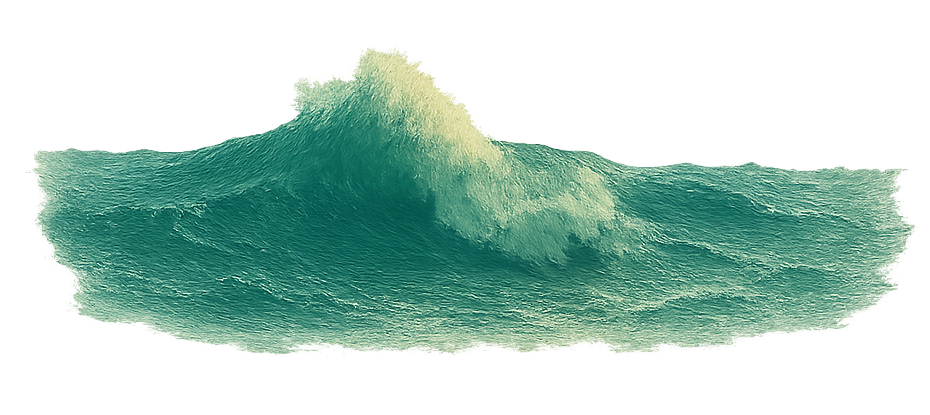

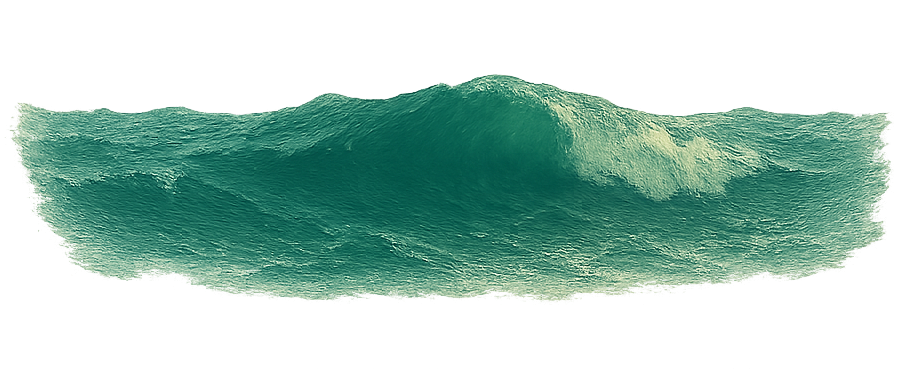
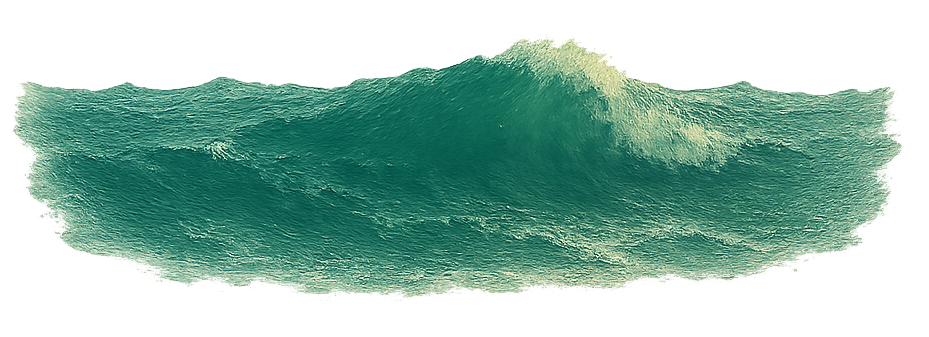
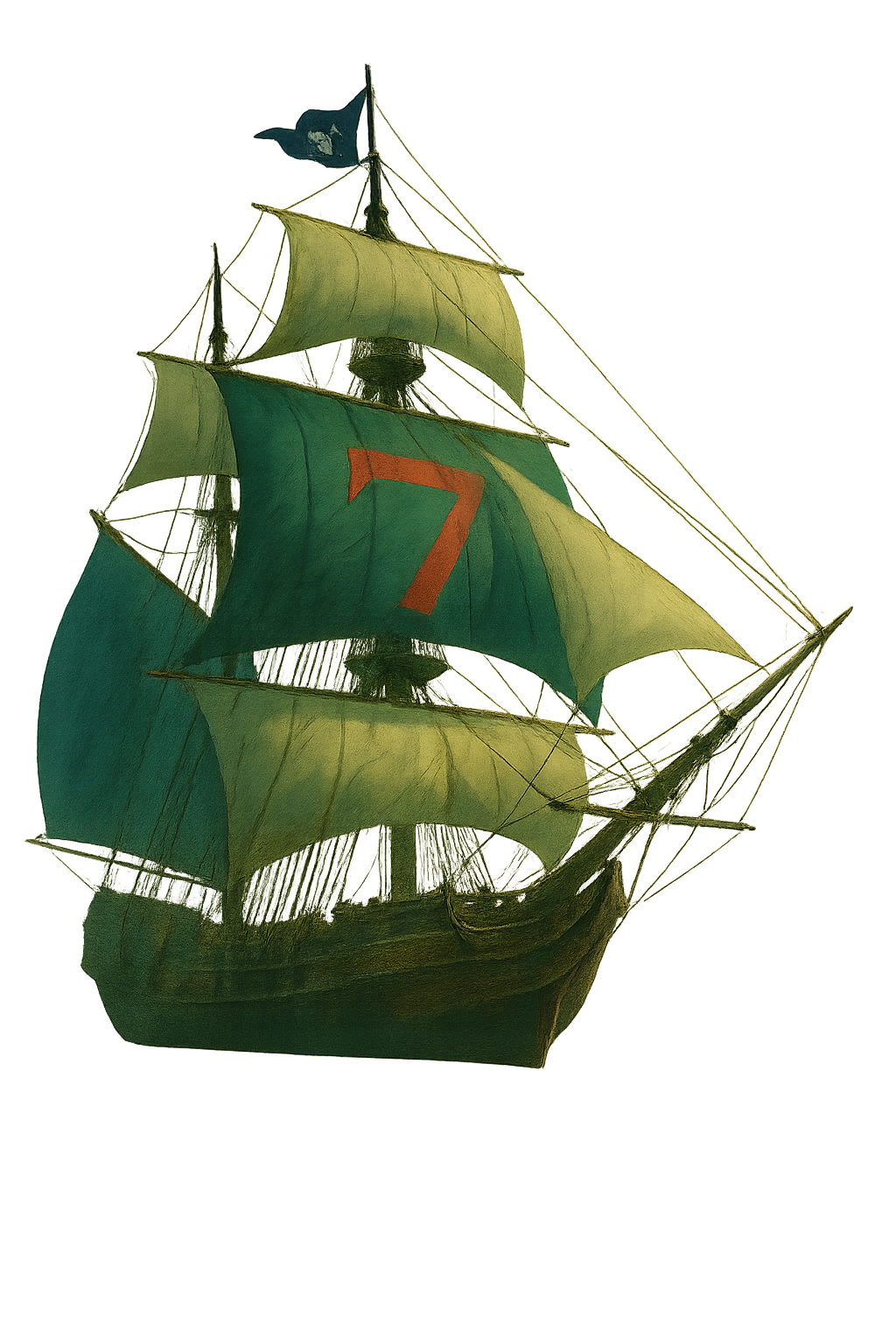







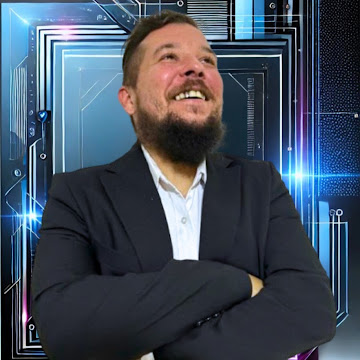
I was born in the month of October in the state of Tennessee, and grew up in Mississippi. By my teenage years, I had a strong interest in computers, though I didn’t know what direction that would take, whether it was software engineering, website development, or something else entirely.
I attended the Mississippi National Guard Youth Challenge Academy (MSNGYCA). This was more than a program. It was a bootcamp-style, life-reset environment for young adults. It stripped you down to your basics and rebuilt you with discipline, structure, and mental toughness. The long days, rigid schedules, and focus on accountability taught me how to operate under pressure and follow through, skills that would later become essential, both in the military and beyond.
I wasn’t some aimless kid with zero drive, but I knew I needed something bigger to push me. I didn’t have a blueprint for my future, but I knew I wanted more than the typical nine-to-five grind. I wanted to be challenged. I wanted something that demanded focus and gave me experiences that actually meant something. That’s why I started looking toward the military as my next step.
By the time I turned 17, I knew I wanted to enlist. When the recruiter asked what job I wanted, all I could think to say was, “Something with computers.” Looking back, I can see how vague that was, but that one sentence set my path in motion. I didn’t fully understand yet that the road ahead would give me not just discipline, but responsibility, danger, and opportunities to grow in ways I couldn’t have imagined.
However, I got lucky. I was assigned to Alpha Company, 519th MI Battalion. It was a military intelligence unit, and my job as a 92Y supply specialist was to support the teams that worked under that umbrella, including HUMINT (Human Intelligence), Counterintelligence, and LLVI (Low-Level Voice Intercept) teams. These were small groups that operated out of multiple bases, and they relied on me to provide everything they needed to function, from antennas and communications equipment to computers, clothing, weapons, ammunition, and vehicles.
I wasn’t just handing out gear from a supply room. I was responsible for tracking, ordering, and coordinating the movement of equipment and resources across all of Alpha Company’s teams. If something was broken, missing, or needed in a hurry, I had to figure out how to get it to the right place.
When I deployed to Afghanistan in 2011, my role expanded beyond standard supply duties. I was responsible for supporting 250 soldiers spread across 25 bases, ranging from Bagram Air Force Base with 25 soldiers to four-man camps in the mountains that didn’t even have official names for their outposts. I coordinated helicopter flights and escorts to keep every team resupplied, and I often flew on these missions myself.
Most of our helicopter flights were done at night, because it was harder for the enemy to see us. They could hear us coming, but they didn’t always know where we were, and that gave us some advantage. I remember riding in the back of a helicopter with cases of cameras, antennas, or computers in my lap when suddenly the sky would light up with pink tracer rounds coming at us. I wasn’t just sitting there waiting, I had to be ready for an emergency landing, prepared to grab my weapon and defend our cargo and crew if we were forced into a firefight. Every flight carried that tension, because you never knew when you’d have to switch from a supply role to a combat role in an instant.
During my 2011 deployment, one of the most significant operations we supported was the campaign to locate and eliminate Osama bin Laden. The 519th Military Intelligence Battalion played a direct role in gathering and processing intelligence that fed into the larger mission led by the CIA and Navy SEALs.
My job was to ensure that the intelligence teams had everything they needed to operate at full capacity. These teams, from interrogators to LLVI units, were constantly collecting and analyzing data, interrogating detainees, and monitoring communication signals. I was responsible for keeping them supplied with secure communications gear, antennas, data systems, and any mission-critical equipment that allowed them to do their work without interruption.
Looking back, I realized how connected my work was to those larger events. I wasn’t on the ground in Abbottabad when the SEALs raided bin Laden’s compound, but the 519th’s contributions were a small, yet real part of that success. I spent months in those offices with the interrogators and LLVI teams, reading the same intercepted messages they were tracking, without ever knowing the full scope of what we were building toward. My clearance gave me access to sensitive information, but I wasn’t cleared for the bigger picture. It wasn’t until I saw President Obama on the news announcing that bin Laden had been found and killed that it clicked. A buddy of mine looked over and said, “You see that? That was us.” That was the moment I understood how I had directly supplied the mission that led to finding him.
I left the Army in May 2012, closing one chapter of my life and stepping into a period of uncertainty. After six years in uniform, the civilian world felt both wide open and unstructured. I didn’t have a set career path, but I knew I wasn’t going to sit still.
From 2012 to 2018, I lived what I call my nomadic years. I traveled across 47 of the continental states and visited countries like Canada, Ireland, Germany, France, Kenya, Turkey, Qatar, Belgium, and England. I worked odd jobs wherever I landed, warehouses, dollar stores, and fast-food chains, anything to keep me moving and self-sufficient.
During this time, I lived out of cars and tents more than actual apartments. I showered in truck stops or gas station sinks, and I learned how to survive with less while still keeping my focus forward. It wasn’t glamorous, but those years taught me resilience, adaptability, and how to make a way when there is no clear path.
By 2018, I was ready for something more stable, something that still gave me the freedom to move but also paid consistently. That’s when I turned to long-haul trucking. It felt like a natural progression from my nomadic lifestyle: the open road, the constant change of scenery, and the ability to keep moving while building a career.
Over the next six years, I drove for companies like KLLM, Hinz, Pam, Western Express, Crete, and Western Flyer Express. I hauled everything from dry van freight to refrigerated loads to flatbed shipments. Some of my work had a direct and meaningful impact, like carrying shingles to Louisiana and Florida after hurricanes to help with rebuilding efforts, or delivering medical supplies, food, water, meat, and clothing across the country. Trucking wasn’t just about driving; it was about supporting the flow of essential goods, especially during crises.
There were gaps in those years, sometimes due to relocations or COVID, but the biggest reason was Kenya. During my travels, I met a Kenyan woman, who would later become my fiancée, and Kenya became as much a home for me as the U.S. did. I would work for eight or nine months on the road in America, then fly back to spend anywhere from a few weeks to six months living with her in our apartment in Kenya. Most of my resources were directed toward building and maintaining our life there, our home, our groceries, and our everyday needs. When I was in the States, I’d eat fast food and live day-to-day, just counting the days until I could return, because home for me, was where she was.
Between September 2024 and mid-March 2025, I was unemployed and living in Kenya. Those six months were an experience in themselves, enough time for my rhythms and priorities to shift completely. Coming back to the U.S. after half a year overseas wasn’t just culture shock; it took time to shake off the jet lag and reorient myself to life in America.
By April 9, 2025, I started seriously looking for work. Within days, I was hired at Western Flyer Express. I figured trucking would give me a stable income while I sorted out my next steps, but everything changed on April 12.
That day, I received an email from the U.S. Embassy in Kenya confirming that my fiancée’s K-1 visa petition was moving forward. Suddenly, trucking no longer felt like a future I could build on. She had never been to America before, and I couldn’t imagine bringing her here, into a country this large and unfamiliar, only to leave her alone three weeks out of every month while I lived out of a truck. She needed stability, a home, a car, and a partner who could be present, not someone constantly on the road. That single email forced me to rethink everything I thought I was doing with my career.
The very next day, on April 13, I stumbled across a video that would change my entire trajectory, The Cyber Mentor’s “Learn Ethical Hacking in 15 Hours.”
At first, I thought, “There’s no way someone can learn how to hack in 15 hours. No way.” I honestly don’t even know why I clicked on it, but I did. Maybe it was because, deep down, this was always something I wanted. I think back to when I joined the Army, when they asked me what I wanted to do, I said “something with computers.” Maybe this was the answer I had been circling around all along, even if I didn’t have the words for it back then. Whatever the reason, I clicked. In one sitting, I went through four straight hours of that video and understood everything.
That same day, I downloaded Kali Linux for the first time. I didn’t know what I was doing, so the first thing I did was turn off the network adapter because I was afraid I might accidentally hack something, or worse, get hacked myself. I didn’t even want an internet connection at first. I just wanted to study the terminal and the tools without risking anything.
By May, I was already deep into trucking with Western Flyer Express, but cybersecurity was constantly on my mind. I didn’t have much time outside of work, so I learned to make the most of every hour I had. While driving for 11 hours a day, I played Professor Messer’s A+, Network+, and Security+ playlists, along with content from TCM Security — listening passively, letting the concepts and terminology sink in.
At night, when my shift ended, I would park, shut down, and spend two hours on TryHackMe labs, putting what I’d learned into practice. I wasn’t chasing a specific certification yet — I was just building a foundation in technology. I learned how networks actually worked, how 802.11 protocols operated, what IP addresses really meant. My curiosity grew faster than I could keep up with, and for the first time in a long time, I felt like I was building something beyond the job I had.
June hit me like a wall. After weeks of grinding, trucking all day, studying at night, I thought I had built some momentum. Then came the visa interview for my fiancée. We thought this was the final step, that she’d be coming to the U.S. soon. The interview itself went surprisingly well, but as she was leaving, they told her they couldn’t finalize anything until they received certain documents from the IOM — her medical exam.
That process, they said, could take months, up to six months. Suddenly, everything stalled. One day I was planning for her arrival, thinking we were weeks away from starting our life together, and the next, I had no idea if she would get through the system or how long we’d be waiting.
It crushed me. I lost my focus, religiously, professionally, mentally. I was still driving, but I wasn’t really present. I’d wake up in a blur, do my miles, and fall asleep without even remembering what state I’d just driven through. I wasn’t learning, wasn’t building. I was just surviving.
July was coming around, and I looked back, mentally, it felt like I was pressing the snooze button every day. I kept telling myself, “Maybe tomorrow I’ll start working again.” Days turned into weeks, and I was just going through the motions. I was tired of being tired.
Then came July 8. I don’t know what exactly pushed me over the edge that day, maybe it was frustration, maybe it was the thought of time slipping away, but I was tired of being tired. I needed a goal, something concrete to pull me out of this fog. So, without overthinking it, I threw $500 at the Security+ exam and scheduled it for July 21.
That gave me 14 days to learn or fail. I crammed like my life depended on it, because it did. Hours every day, absorbing everything I could about security principles, threat types, authentication models, and protocols. For those two weeks, I was locked in, no distractions, no excuses. And on July 21, I walked into that exam room and walked out with a 765.
After I passed my Security+ exam on July 21, I took a couple of days to reset. Sitting in my truck, I needed that pause to let it sink in, I had finally earned my certification. But I also knew that a certificate alone wouldn’t land me a job. I had to turn that knowledge into something tangible.
By July 23, I was ready to get back to work. This time, I made a decision: I would start fresh and document every step I took, turning it into a professional report I could add to my portfolio. That meant erasing my old Kali Linux VM and rebuilding from scratch, but doing it the right way, with screenshots and notes for every single step.
The problem was, I didn’t really know how to write reports. In the military, I’d used forms and pre-built templates where you just plug in information. Here, I was staring at a blank page. My first attempts were messy, disconnected, and hard to follow. So I decided to create templates of my own, something structured, repeatable, and professional. That became my baseline.
This rebuild was also different because of how I was downloading Kali. The first time, back in April, I had secure, stable internet. But now, I was on the road with Western Flyer Express, downloading Kali over my Windows laptop using my Samsung phone’s hotspot. Every failed download meant clicking “retry” over and over again, hoping it would complete. That’s when I realized: I couldn’t afford a corrupted or tampered file. I needed to verify the integrity of every download.
I started by checking hashes manually, but it was tedious and easy to make a mistake, one missed digit and the whole check was worthless. So I decided to build a script to automate the process, a small but effective way to eliminate human error. It wasn’t just about convenience, it was about proving that I understood the security fundamentals I had just certified on.
By July 25, I finished my first full technical document, a Kali installation and verification report. It details every step I take, from downloading the ISO to verifying its integrity with my custom hash verification script. This report marks the starting point of my portfolio, proof that I’m not just studying but actually building something I can show to employers.
Now, my focus is shifting to hardening my Kali build. I plan to update all core tools, configure UFW (Uncomplicated Firewall), and set up OpenVPN tunneling so I can connect to TryHackMe through my own machine instead of using their default environment. This isn’t just about learning the tools, it’s about building a real, secure workflow that mirrors what professionals use.
I’m also lining up hands-on projects. I want to conduct OSINT (Open Source Intelligence) and penetration testing exercises on my own devices, and with permission, on friends’ and family members’ devices, to identify vulnerabilities, create real-world scopes, and write clear, professional reports. These projects will push me to learn how to translate technical jargon into plain language for non-technical audiences.
Right now, it’s late July, and my goal is clear: get out of the truck by the first week of August and start applying for cybersecurity jobs by mid-August. This is the pivot point where everything I’ve been working on, my certification, my first report, my growing skillset, starts turning into something real.